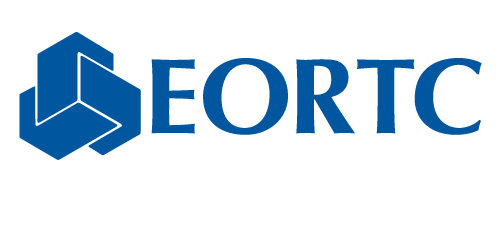EORTC Cancer in the Elderly Task Force asks how we can determine appropriate treatment for elderly patients with cancer
25 Nov 2013
As we age, we experience a progressive decline in many of our bodily functions. This decline can vary greatly from individual to individual. One 75 year old might still be very active and participate in strenuous physical activities, while another might require considerable assistance just to perform simple everyday tasks. Aging is variable. It is a highly individualized process that is influenced by a number of genetic, developmental, and environmental factors.
Many things, not simply chronological age, contribute to treatment tolerance and outcome in older patients with cancer, and these present challenges when determining appropriate treatment. Recently, though, members of the EORTC Cancer in the Elderly Task Force, in a paper published in the Journal of Geriatric Oncology, evaluated the physiological reserves of elderly patients with cancer and described the most relevant biomarkers that might potentially serve to indicate their functional biological age.
Dr. Hans Wildiers of the University Hospitals Leuven, Chair of the Cancer in the Elderly Task Force, and co-author of this study, says, “The incidence of most malignant diseases increases with age. Studies have shown that slightly more than half of all newly diagnosed cancer cases and more than two thirds of cancer-related deaths occur in patients 65 years or older. So, we expect the number of older patients with cancer will increase as the population ages. Doctors will increasingly need to make treatment decisions for older patients, and to make effective decisions, we will need better biological markers of aging.”
The EORTC Cancer in the Elderly Task Force study provides a guideline on integrating several potential biomarkers of aging: inflammatory markers, telomere length and telomerase activity, genetic predisposition for longevity, gene expression of aging related genes in peripheral blood mononuclear cell, immunosenescence, lymphocyte senescence p16INK4a expression in T lymphocytes, and plasma microRNA expression profile.
They point out that comprehensive geriatric assessment can provide information on the general health status of individuals, but that it is far from perfect as a prognostic or predictive tool for individual patients. Alternatively, biological changes in certain tissues which are the result of adaptive alterations due to past exposures as well as the natural aging process can help to assess aging.
This research was supported by Fonds Cancer (FOCA) of Belgium, the Fonds voor Wetenschappelijk Onderzoek Vlaanderen, the European Commission [FP7 259679 “IDEAL”], the German Research Foundation [DFG-PA 361/14-1], the German Federal Ministry of Education and Research [BMBF 0315890F, “Gerontoshield”], and the Vlaamse Liga tegen Kanker.
John Bean, PhD
EORTC, Medical Science Writer
Related News
EORTC: Advancing research and treatment for rare cancers
29 Feb 2024
EORTC Fellowship Programme: celebrating more than 20 years of impactful collaboration
22 Feb 2024
Appointment of Malte Peters as EORTC Strategic Alliance Officer
9 Feb 2024
Unique series of workshops in partnership with the European Medicines Agency (EMA)
7 Feb 2024
EORTC launches a prominent clinical trial in older patients with locally advanced (LA) HNSCC (Head and Neck Squamous Cell Carcinoma)
14 Dec 2023
Seven IMMUcan abstracts selected for ESMO Immuno-Oncology Congress 2023
6 Dec 2023
EORTC Quality of Life measures integrated in CDISC
20 Nov 2023
EORTC and Immunocore are collaborating to launch the ATOM clinical trial of tebentafusp in Adjuvant Uveal Melanoma
7 Nov 2023
Treatment with decitabine resulted in a similar survival and fewer adverse events compared with conventional chemotherapy in older fit patients with acute myeloid leukaemia
31 Oct 2023
New results and forthcoming EORTC trials in rare cancers, lung, head and neck, and breast carcinomas presented at ESMO 2023
20 Oct 2023


